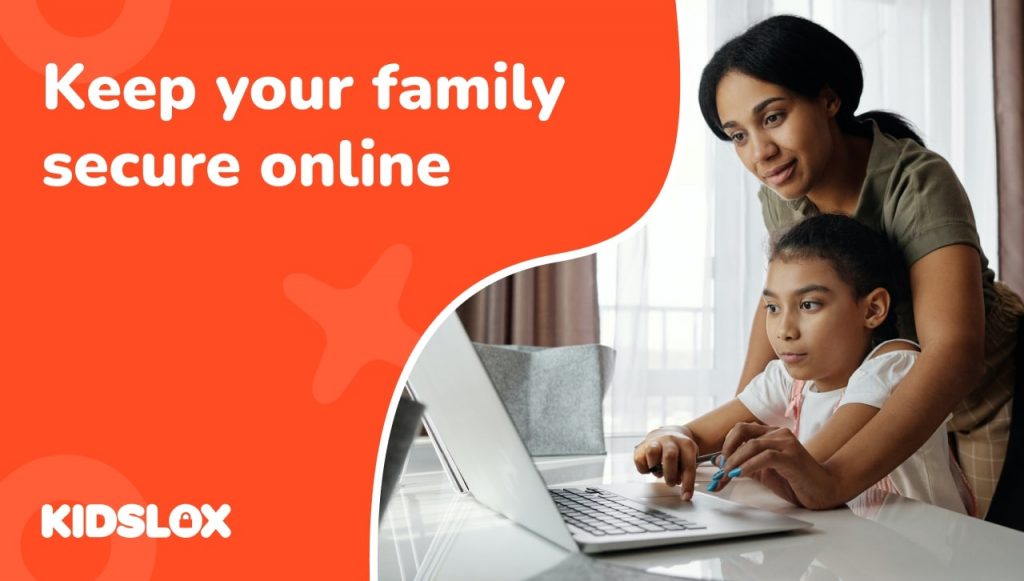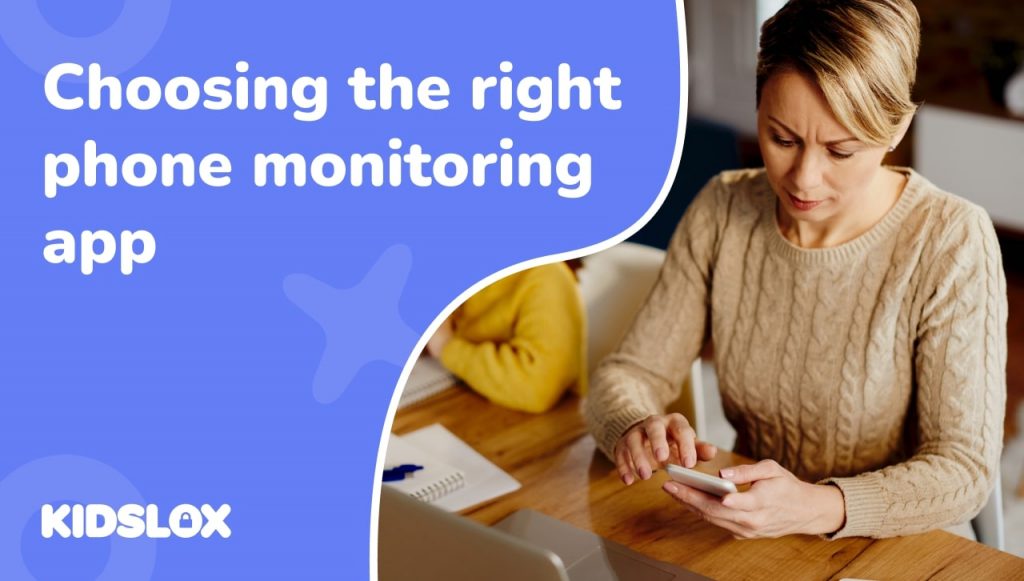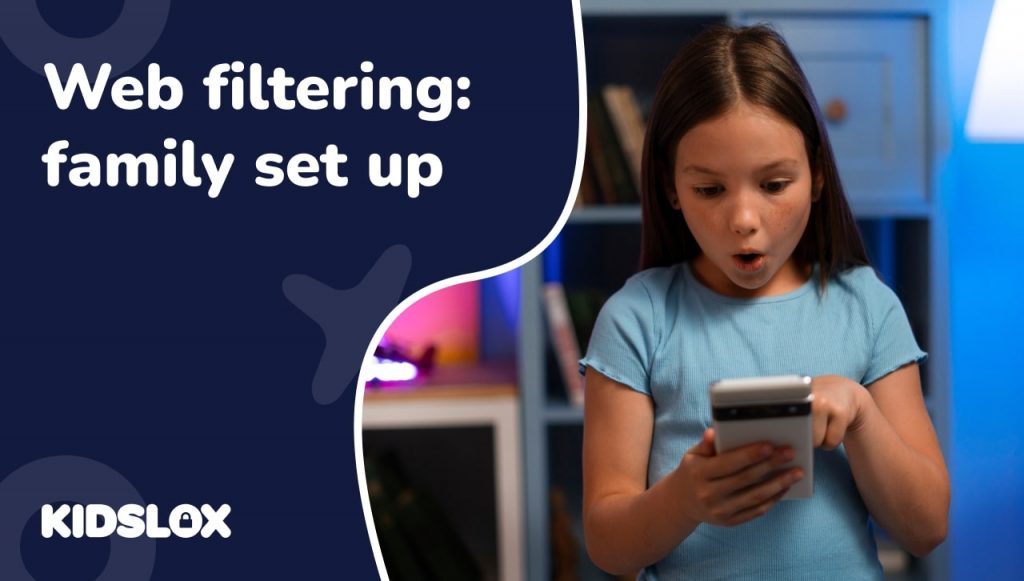Should I be worried about my teenager’s obsession with social media?
Social media is an integral part of today’s society, playing a significant role in many teenagers’ lives. It’s inescapable and, as parents, it’s natural to wonder how this is impacting on your child’s development.
The research on social media’s impact on children’s mental and emotional wellbeing is limited. There isn’t one generally-accepted definition of what social media actually is; and, as new platforms constantly emerge, its ephemerality grows – making it even harder to understand. This can lead to some parents feel out of control of their teenage children’s tech-savvy lives.
Can there be a positive side to social media? How much is too much? And, which platforms are the most concerning? In this comprehensive guide to social media and teens, we explore all sides of the argument.
Can social media be a positive thing for teens?
First and foremost, social media provides a platform for self-expression and identity formation. This is an age when young people begin to define who they are and explore their interests and values. Social media platforms such as Instagram, Facebook, and TikTok allow teens to express their personalities, engage with their interests, and share their opinions on a range of topics. This freedom of expression is vital for teenagers as they develop their identities and navigate their way towards adulthood.
In addition to facilitating self-expression, social media also broadens horizons. It opens up a world of information and diverse perspectives that can broaden teenagers’ worldview. From learning about different cultures to gaining insights into various scientific theories or socio-political movements, social media serves as a vast library of information. It’s also easier to access than going to the library and researching topics the traditional way. This exposure to a plethora of information encourages curiosity, learning, and critical thinking among teenagers.
Social media also contributes to developing digital literacy skills, which are critical in our increasingly digital world. Navigating various platforms, understanding online etiquette, and discerning reliable sources from fake news all contribute to a digital skillset. These are essential competencies for life in our technology-led era.
Moreover, the power of social media to connect individuals cannot be overstated. It enables teenagers to communicate with friends and family across distances, making it easier to maintain relationships. Social media also provides a platform to connect with communities of interest, from fandoms to support groups. For teens dealing with personal challenges, these platforms can offer access to communities of peers who can provide advice, empathy, and encouragement.
Lastly, social media can provide a sense of belonging, particularly for teens who feel marginalized or misunderstood in their immediate social circles. Online communities can provide validation, acceptance, and understanding that might be lacking in their real-world environments.
Used correctly social media can, in many cases, contribute positively to teens’ emotional wellbeing and be a force for good.
What do we know about the negative side of social media for teens?
Despite the many advantages, the negative impact of social media on students cannot be ignored. Among the key concerns is the issue of distraction. With a world of interactions just a click away, students can find it challenging to focus on tasks at hand. The constant stream of notifications, updates, and messages can lead to a fragmented attention span, making it difficult for students to concentrate on their studies. Over time, this distraction can result in reduced productivity and academic performance.
Additionally, the addictive nature of social media platforms, designed to keep users engaged for as long as possible, can lead to excessive use. This addiction can take a toll on a student’s time and energy, diverting them from other essential activities such as physical exercise, hobbies, or even social interactions in the real world.
Apart from these issues, the pressure to maintain an online presence can also lead to stress. Students may feel obligated to respond instantly to messages, post regular updates, or maintain a particular image online. This constant “online presence” can be mentally exhausting and can contribute to burnout and increased stress levels.
Another related issue is the impact of social media on sleep. Late-night use of these platforms, often in the privacy of one’s own room, can lead to disrupted sleep patterns. Adequate sleep is crucial for a student’s cognitive function and overall health, and disruption in this can adversely impact their academic performance.
Finally, the availability of unsuitable content and academic dishonesty are significant concerns. Inappropriate content such as violence, explicit material, or harmful ideologies can influence impressionable minds negatively. In terms of academic honesty, access to vast online information can sometimes encourage plagiarism or cheating, undermining the learning process.
Social Media and Teenagers’ Mental Health
One of the major concerns caregivers, academics and educators all share is the impact that social media can have on the mental wellbeing of young people.
The surgeon general, Dr. Vivek Murthy, recently warned that social media carried a “profound risk of harm,” but outlined in their report that it wasn’t possible to determine exactly what without further research and an agreed definition of what social media means.
It’s common sense to assume that too much time spent on social media is a bad thing, but with every platform offering a different way of engaging with its audience, the ways in which social media impacts mental health is varied.
Taking platforms like Instagram as an example, one of the major issues is the way it can fuel social comparison. Teens often compare their lives to those of others, leading to feelings of inadequacy and low self-esteem. The tendency to only post positive or idealised images of oneself can create a distorted reality where everyone else seems to be happier, more successful, or more glamorous. This can lead to feelings of envy, low self-worth, and even depression. In one study, it was found that Instagram had a particularly detrimental effect on teen girls’ mental health with found 29% of girls who spent three or more hours per day on social media engaged in self-harm and 31% of girls who spent five or more hours on social media were depressed.
Indeed, this came further to light in a leaked Meta (the organization that owns Facebook, Instagram, WhatsApp and the new ‘Twitter challenge’, Threads) report that showcased how the business was aware that some of its content could be harmful to young girls.
Cyberbullying is another significant concern. This form of bullying, which occurs online or through smartphones, can have devastating effects on a teenager’s mental health. Victims of cyberbullying are more likely to experience low self-esteem, increased suicidal ideation, and a variety of emotional and psychological problems. This can happen in a variety of ways, and across platforms – from encrypted private messaging like WhatsApp through to video-sharing apps like TikTok where fake accounts and cyberbullying is common.
Furthermore, the fear of missing out (FOMO) is a phenomenon largely associated with social media use. This is the apprehension that others are living fulfilling lives while one is missing out. This can lead to feelings of loneliness, anxiety, and depression.
Besides, social media can also exacerbate feelings of isolation in teenagers who feel excluded or rejected in their real-world social circles. Seeing posts of friends or peers participating in activities they were not invited to can intensify feelings of exclusion and contribute to negative mental health outcomes.
Is social media dangerous for teens?
Besides the risks to mental health and academic performance, there are other dangers of social media for teens. One major issue is privacy concerns. Teenagers, with their limited understanding of digital privacy issues, often share personal information online without understanding the potential consequences. They may post personal photos, share their location, or reveal sensitive information, making them vulnerable to identity theft or online stalking.
There’s also the risk of online predators, who often use social media to connect with unsuspecting teens. They can manipulate teenagers into unsafe situations, which can have severe repercussions.
The proliferation of scams and fake news on social media is another issue. Teenagers may fall victim to scams or believe and share misinformation, leading to confusion, anxiety, and potential financial loss.
Furthermore, the exposure to inappropriate or harmful content is a significant risk. Explicit content, violent material, or harmful ideologies can impact a teenager’s developing mind negatively. Over time, exposure to such content can normalize harmful behaviors or ideas and distort a teen’s understanding of healthy relationships and behaviors.
Which apps and platforms are the best and which should be avoided?
The social media-verse is vast. As a parent it can be overwhelming to understand where, and what, your children are doing online. To help you understand some of the pros and cons of the various networks out there, here we will explore some of the most popular apps and weigh-up any watch-outs that you should be aware of.
TikTok
TikTok is a video creation and sharing app that relies heavily on its powerful algorithm to reel its users in and keep them scrolling. Using sophisticated data technology, TikTok serves content it thinks you like, which means it can become a very big distraction for teens. In fact, research recently released detailed that nearly half (45%) of teen girls who use TikTok said they felt ‘addicted’ to it, and shockingly, girls with moderate to severe depressive symptoms, roughly seven in 10 who use Instagram (75%) and TikTok (69%) say they come across problematic suicide-related content at least monthly on these platforms.
TikTok can be fun for teens, with lots of opportunity to connect with like-minded people and share content they enjoy, but despite its own regulations, it’s not hard to find inappropriate content on the app. Proceed with caution and set reasonable time limits on the app with your teen.
YouTube
YouTube is a video creation and sharing platform that is used by an estimated 95% of teens, making it the social site they use the most. Despite its popularity, it is rarely included in studies about teen health and social media use, presumably because of the passive way it is consumed. Children can encounter inappropriate content and commentary from other users so it’s always a good idea to monitor their YouTube use and use parental controls to block keywords and topics that you don’t want them to see.
Snapchat
Snapchat is another social media platform that is used heavily by teens. The premise of the app is to share throwaway content – or snaps – with friends. While this can be fun and encourage social interaction and connections, Snapchat has a darker side. The temporary nature of disappearing snaps can encourage teens to act in ways that they usually wouldn’t, and they may need to be reminded that once something is ‘deleted’ online, that doesn’t mean it’s gone forever – quite the opposite if something is screenshotted against your will. Many parents also worry about Snapchat’s location map, which allows users to find exactly where their friends and followers are at any given time – giving rise to privacy and safety concerns.
One of the internet’s biggest platforms, Facebook enables people to connect, share content and message privately on its messenger service. It also offers some specific gaming services too. Like most platforms, the social sharing element can cause some teens to feel anxious about the amount of likes or friends they have and the messaging element can be abused by predators and groomers if not monitored.
Facebook also serves ads to its users, and while the platform has policies regarding inappropriate content, it’s not hard to find such things on the site as many users find ways to bend the rules.
One of the most widely discussed negatives of Instagram is social comparison. Many people use instagram to showcase a highly edited version of their life, which can make teens feel insecure and consumed by unobtainable and unrealistic standards of beauty, wealth and success. You can hide like counts on content, but many users don’t and this can also make teen users anxious about social approval. Like Facebook, Instagram serves ads to its users and there can be sexual or hate-related speech and content on the app.
Discord
If you have a keen gamer at home, you’ve probably heard of Discord. The app is a voice and text chat tool primarily used by gamers for real-time communication during games, especially MMOs, although it’s also used by non-gamers. Users create an account, add friends, join servers, and communicate via direct messages or group chats. A friend-finding feature is available with location services on, while measures to limit adult content include automatic scanning and deletion of explicit messages and restricting friend requests to server-mates. Users under 18 can’t view NSFW communities, unless a false age is entered. Discord offers various conversation options and age controls to prevent underage access to mature content. The Family Center feature allows parents to monitor their kids’ activity, including servers joined, messages sent, and new connections made.
All social media platforms vary, and while all of the above have age-limits and some parental tools in place to help keep children safe, none of them are foolproof. For added security, having open and honest conversations with your children about the risks and rewards of their favourite social platforms is important. Additional parental control apps like Kidslox can give you further comfort as a parent, by blocking inappropriate keywords, keeping an overview of their activity across all their social apps, and by setting robust time limits and lockdown features to stop them spending too much time online.
Balancing the Scales: Pros and Cons of Social Media for Teens
It’s clear that social media is a double-edged sword for teenagers. It offers immense possibilities for connection, self-expression, and learning but also presents significant risks related to mental health, academic performance, and personal safety.
The key to maximizing the benefits and minimizing the risks lies in promoting responsible social media use. This involves teaching teenagers about digital literacy, including understanding online privacy, identifying reliable sources of information, and behaving appropriately online.
Encouraging healthy digital habits is also crucial. This could involve setting limits on screen time, encouraging regular offline activities, and emphasizing the importance of face-to-face social interactions.
As parents, educators, and policymakers, we need to ensure that teens are equipped with the necessary knowledge and skills to navigate the social media landscape safely and responsibly. This involves open and honest discussions about the potential risks and benefits, teaching digital literacy skills, promoting healthy online behaviors, and providing guidance and support. By doing so, we can help teens leverage the benefits of social media while minimizing the potential risks.
Social media, like any tool, is not inherently good or bad—it’s how it’s used that determines its impact. As teens navigate their digital world, we must guide and support them, promoting responsible use and helping them make informed decisions. Only then can we ensure that social media becomes a positive force in their lives, enhancing learning, connection, and self-expression while safeguarding their mental health, academic success, and personal safety.





